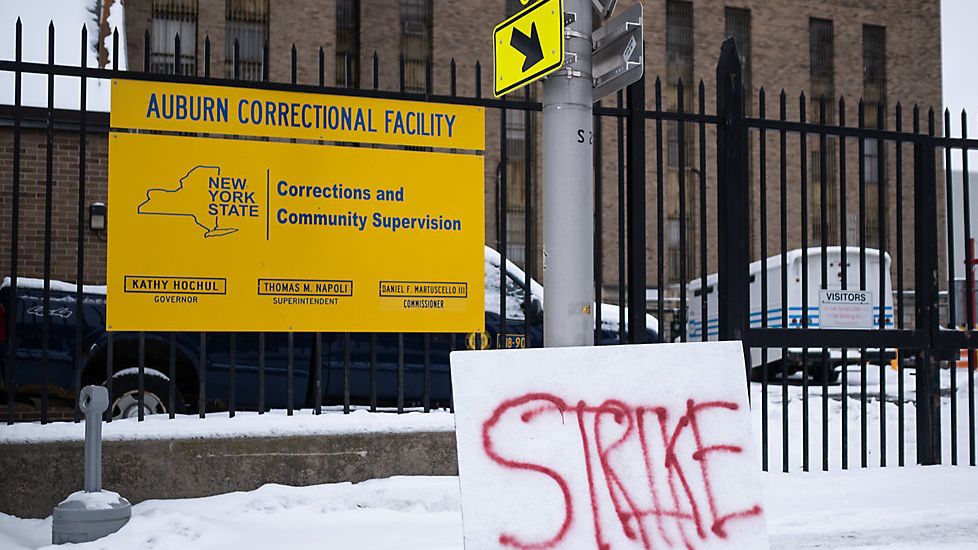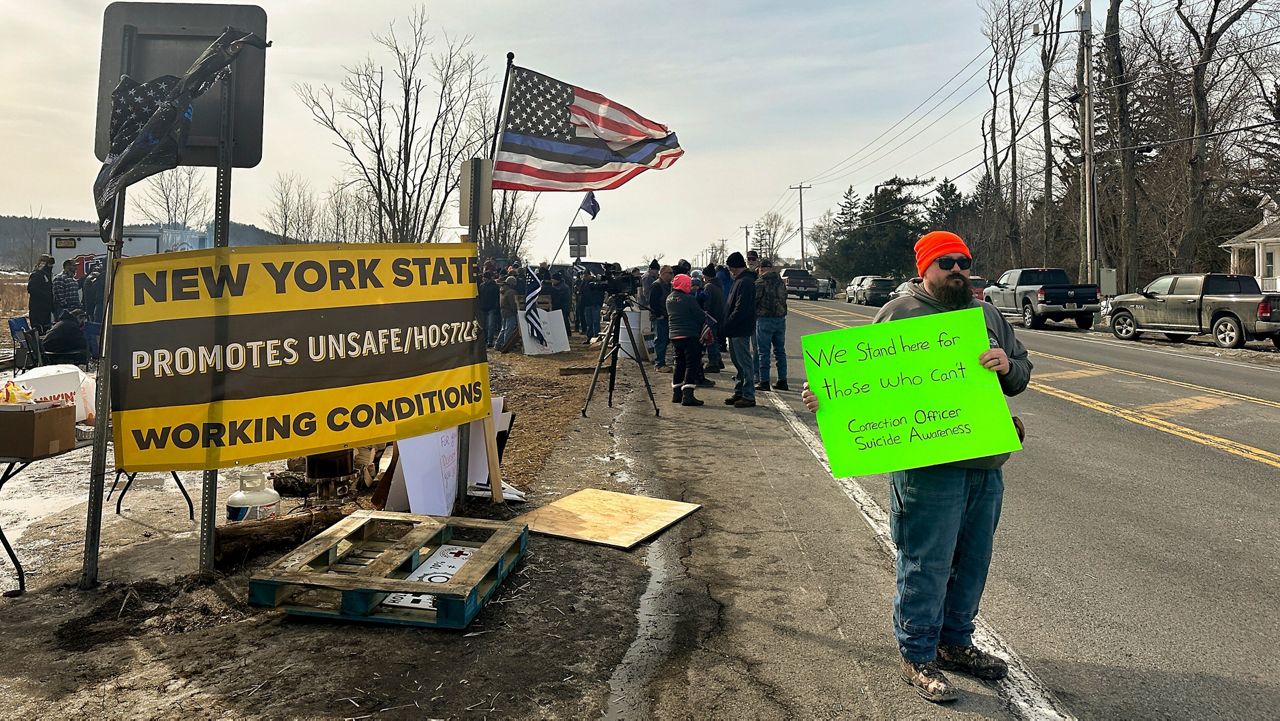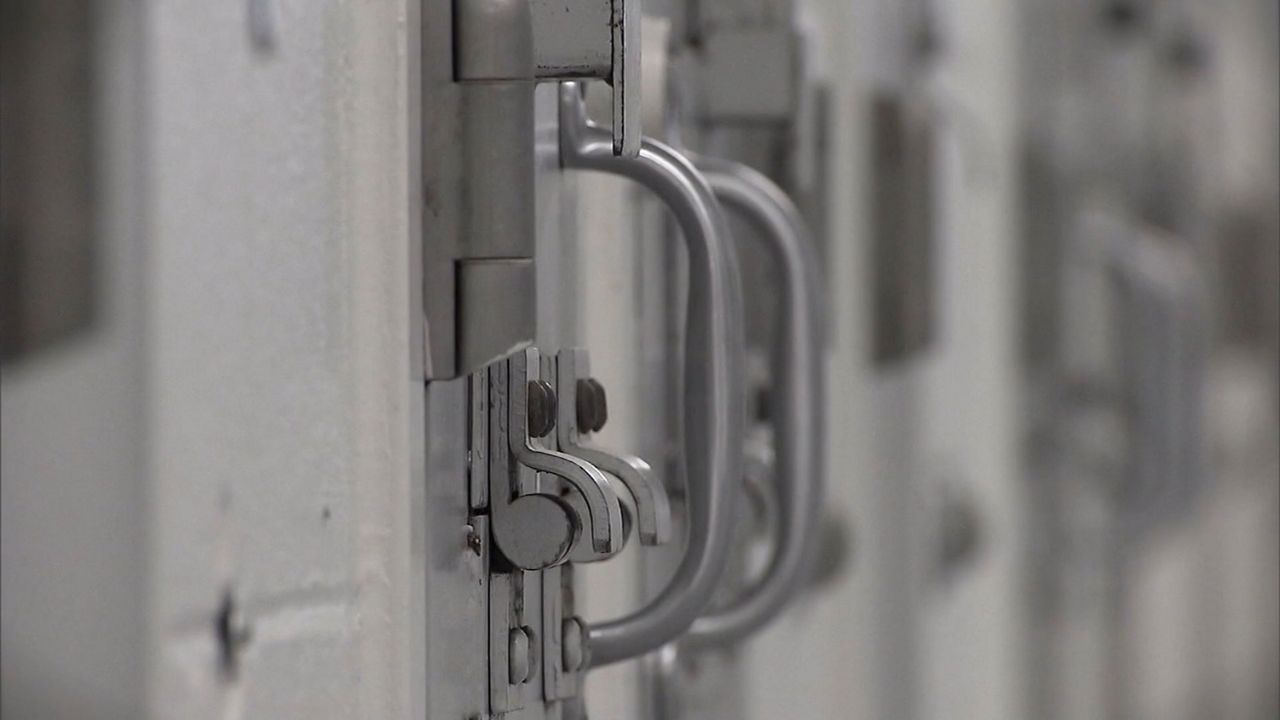Let's rewind the clocks back four decades to the 1980s, when human immunodeficiency virus (HIV) and acquired immunodeficiency syndrome (AIDS) jumped to one of the top causes of death across the country.
Just the diagnosis of the virus carried a stigma of a death sentence. Now, fast forward to 2024.
According to the New England Journal of Medicine, a study showed that twice-yearly shots used to treat AIDS were 100% effective in preventing new infections in women, a major milestone in treatment.
For one woman who has been living with HIV for the last 20 years, medicine has significantly changed her quality of life.
“I came here with the clothes on my back, the clothes that my younger sister gave me to travel up here. She cleaned me up and she sent me on my way,” said Shelly Jenkins, a housing case manager for ACR Health.
Originally from Newark, N.J., Jenkins made her way to Syracuse for a fresh start after battling with drug addiction. However, she learned she was HIV positive.
“At this point, I had about 30 days clean, and all I kept saying was, 'Wow, I came all the way up here to find out that I am going to die,'” said Jenkins, who lost her brother to AIDS.
She says because she was uneducated, she, too, thought life was over.
“Lack of education leads to health disparities,” said Jenkins.
Twenty years later, Jenkins says tremendous strides have been made when it comes to medicine. She now only takes one pill a day.
“I barely catch a common cold. I caught COVID well after they lifted the ban, but I didn’t have harsh effects of COVID. I know it’s because of this medicine,” said Jenkins.
She has now made it her life’s work to help other people like her.
“I love working with individuals that are positive because not only do I teach them, they teach me too. I’m always learning something new about me through them,” Jenkins said.
It’s learning the disease, understanding what it does to your body and how to treat it.
“Taking your medication is not only going to improve your health, but it also puts you at a point where you can’t pass on HIV to other people,” said Elizabeth Asiago-Reddy, the division chief of infectious disease at Upstate Medical University.
Reddy said it’s still important for people to understand that we are not in an HIV-free zone.
“Sexual transmission of HIV makes up the vast majority of cases, so that is about more than 90 percent of cases, about 92, 93 percent of cases in the U.S.,” said Reddy.
Reddy said since the 1980s and 1990s, most places in the U.S. have implemented needle exchange programs, which has significantly reduced the risk of HIV associated with injection drug use.
“The sky is the limit at this point. We’re all rooting and hoping for a cure,” said Jenkins.











